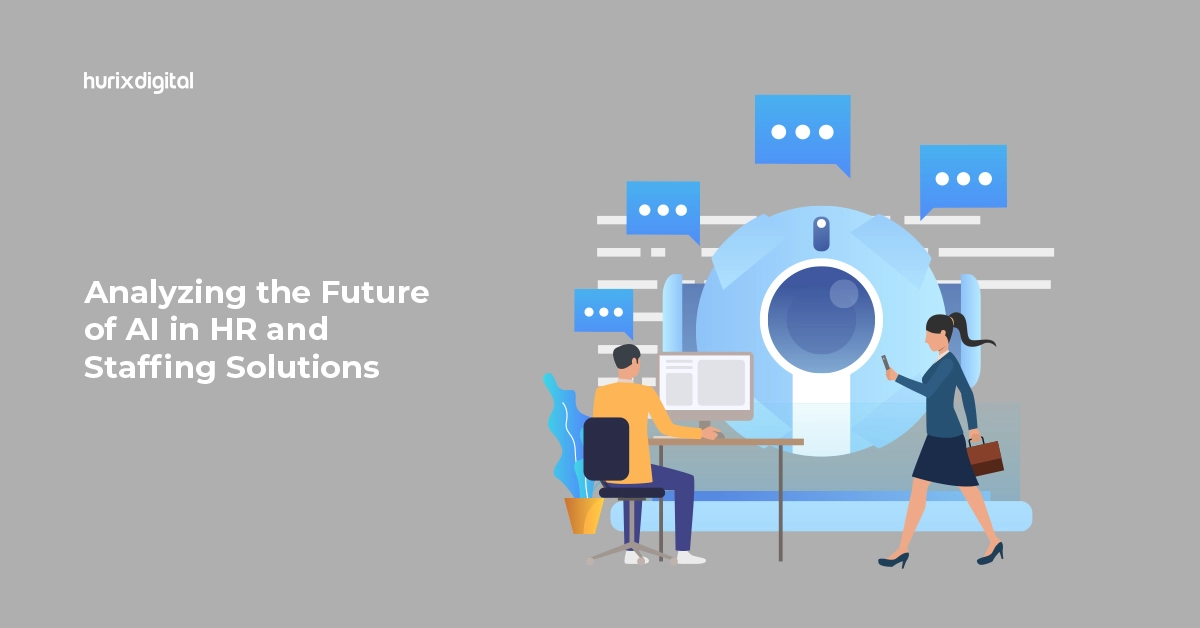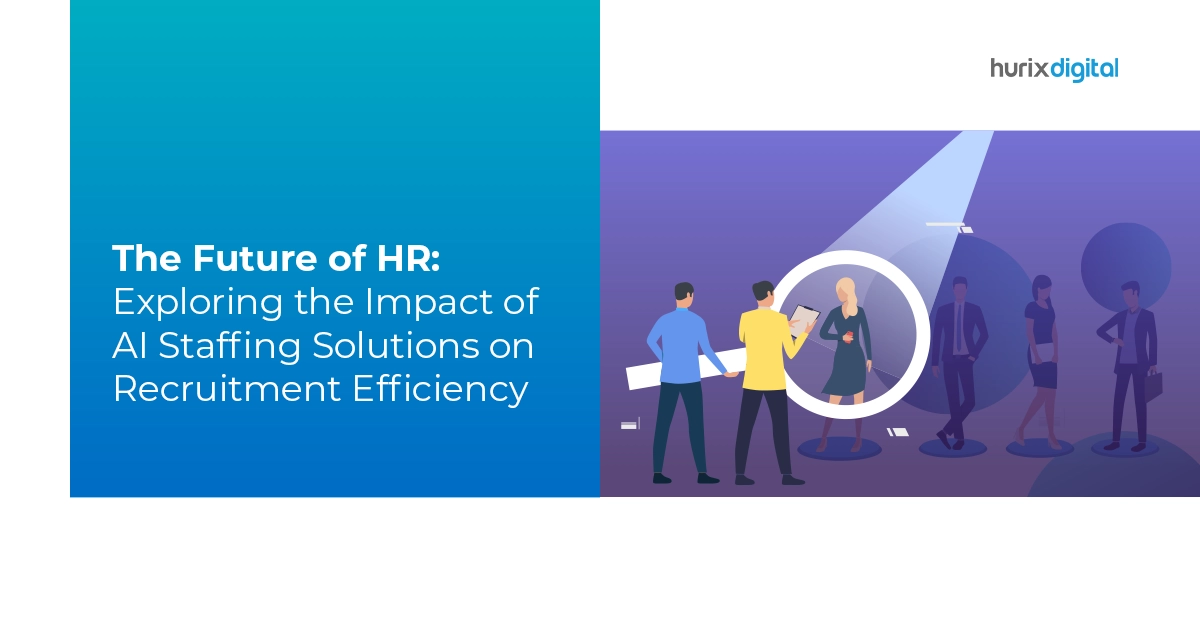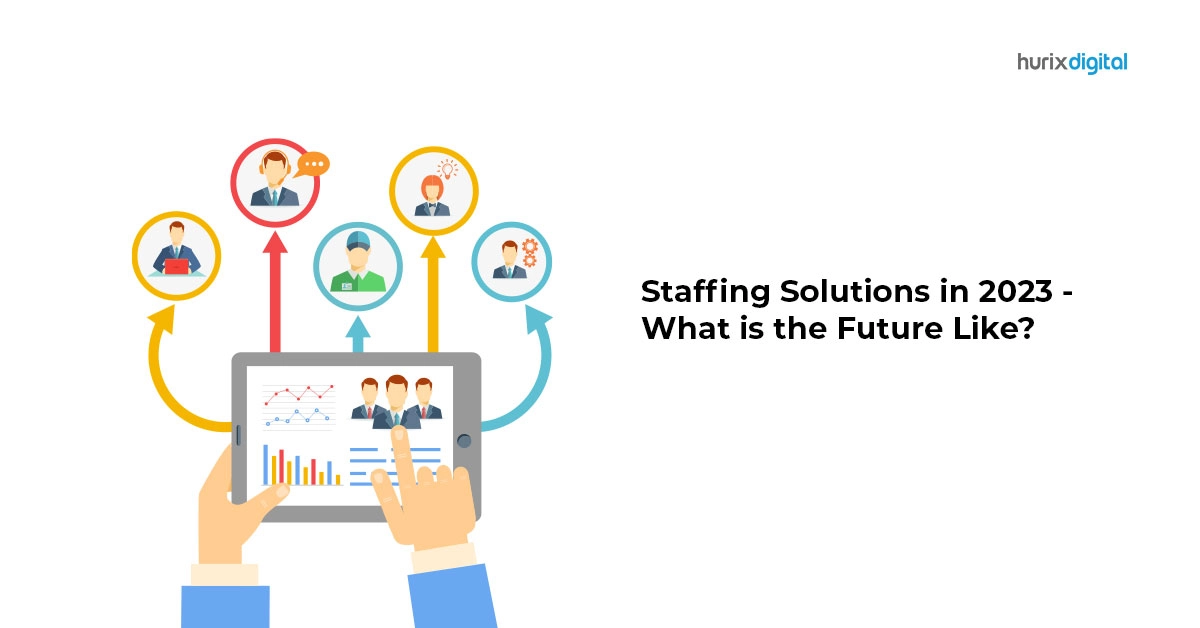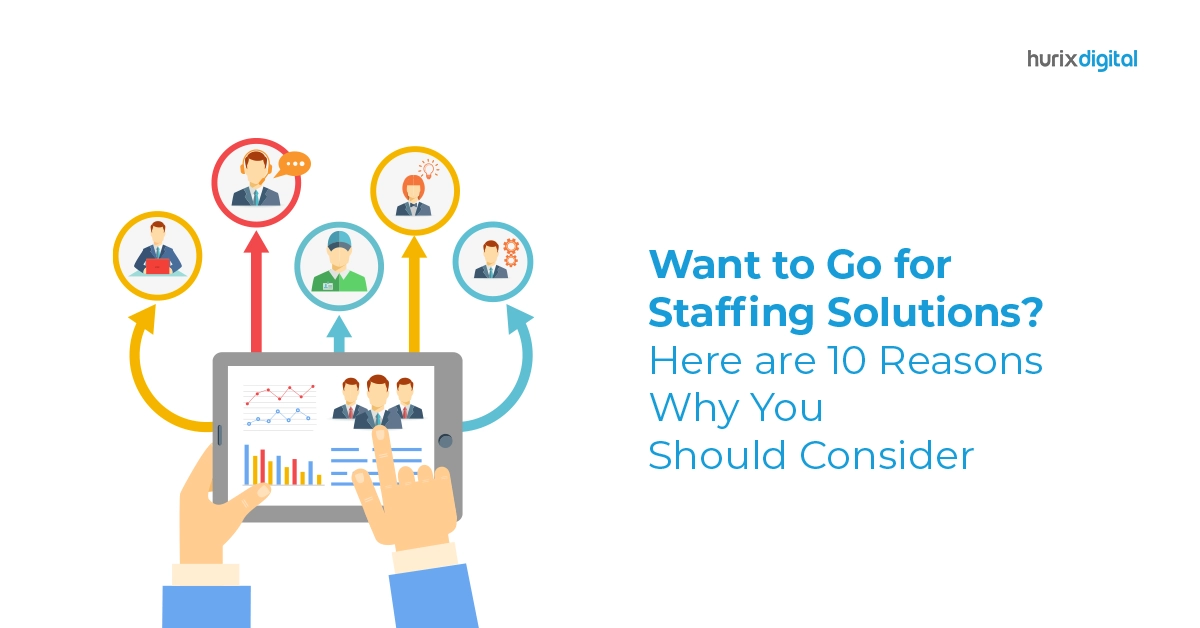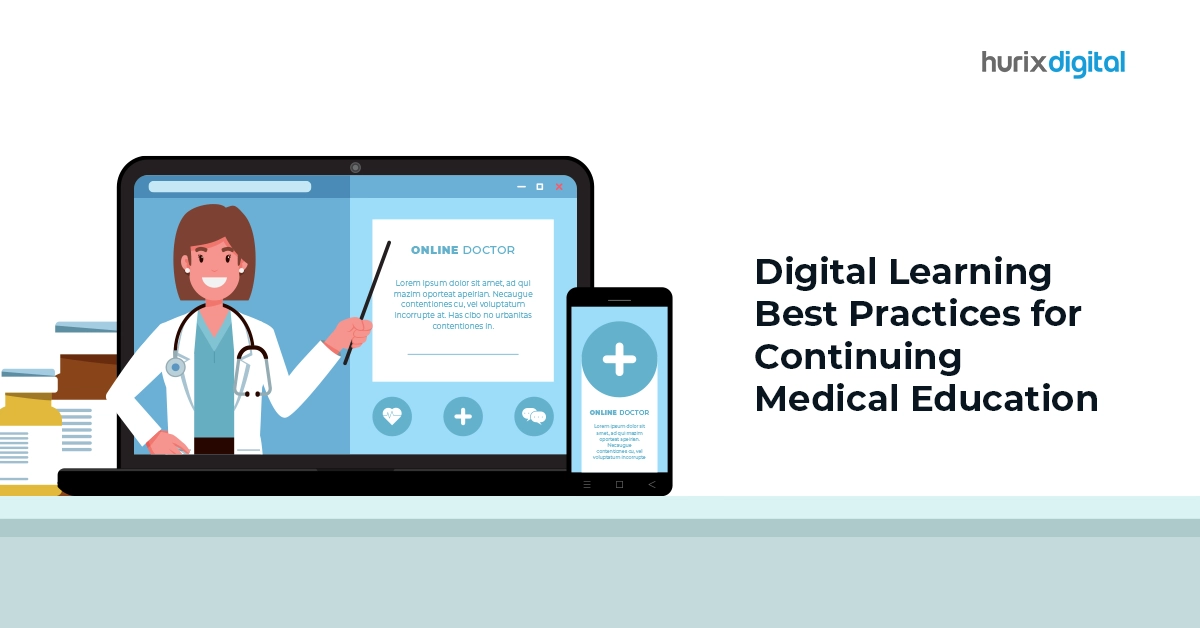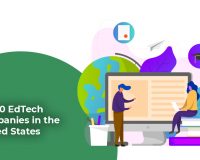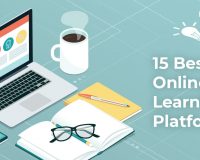Summary
This article provides an overview of the key challenges in HR and staffing solutions and how AI is transforming the function.
Sustainable staffing will be a growing concern for businesses in 2023. Attrition rates continue to grow as employees fall behind in their skill sets or feel disillusioned with dissonant work cultures.
A Gartner survey indicates that the employee turnover rate will rise to over 24% in the years to come, presenting a challenge that will have a long-term impact on businesses.
Attrition takes a toll on a business’s finances, culture, productivity levels, and business outcomes. However, companies are struggling to address these challenges due to their inability to keep pace with evolving employee expectations.
This is where cutting-edge technologies such as artificial intelligence (AI) when integrated with automation, can help businesses become strategic in their approach to addressing Human Resources (HR) and staffing issues.
Let’s understand the key advantages delivered by AI, which are transforming the staffing solutions function. Access to the right technology stack is bringing efficiency and reducing attrition-related costs for businesses.
Table of Contents:
- Key Challenges in HR and Staffing Solutions
- 7 Ways AI is Transforming Staffing Solutions
- In Conclusion
Key Challenges in HR and Staffing Solutions
Staffing solutions in 2023 look very different from even five years back. Several factors have led to this status quo and, in turn, unique challenges that businesses must address. Here is a snapshot:
1. Lack of Digital Skills
Digital transformation across industries demands workers with relevant digital skills besides domain knowledge. However, upskilling has not kept pace with this shift.
Hence, staffing is more challenging. As market demands change, businesses must be able to predict the corresponding skill sets and hiring needs to meet those demands. Existing strategies may not suffice.
2. Lack of Sustainable Upskilling Strategies
Existing employees need to be upskilled to keep pace with new job roles and upcoming skills.
Without a proper upskilling strategy, workforces are at risk of becoming redundant, leading to low productivity and an inability to meet market challenges.
3. Lack of Standardized Remote/Hybrid Hiring Strategies
The rise of remote and hybrid workforces requires investment in building specific recruitment strategies for remote and hybrid hiring, which present unique challenges.
4. Lack of Automated Processes
A large amount of HR and staffing work is still being done manually, making it challenging for teams to reduce errors and duplication. They also struggle to detect cases of potential fraud/ fake profiles.
5. Growing Attrition Due to Multiple Factors
The attrition rate is growing due to several reasons – poor matching of skills to job roles, lack of growth opportunities, and culture mismatch for fresh recruits.
Companies engaged in staffing services need a healthy mix of AI and human strategy to optimize their operations and address various issues.
Also Read: The Future of Staffing Solutions: AI and Automation
7 Ways AI is Transforming Staffing Solutions
Here is a snapshot of how AI-enabled complete staffing solutions can benefit the HR function of a business or a staffing solutions company by implementing the following steps.
1. AI-Powered Engagement across Channels
Today, a staffing company can take the support of AI to help automate communication across all channels, especially as it scales across geographies and functions. For instance, potential employees may seek responses to common questions.
Rather than rely on human intervention, which is neither standardized nor accessible 24/7, the entire engagement process can be automated with the use of pre-programmed AI-driven chatbots.
This mechanism supports the continuous gathering and processing of engagement data, which can help enhance understanding of a job aspirant’s priorities, aspirations, and needs.
2. Automated Profile Analysis of Potential Recruits
An AI-driven staffing solutions software can analyze massive amounts of data sources from multiple channels, such as social media, job boards, and submitted resumes, within minutes.
Candidates can be segregated by specific categories such as skill sets, work experience, education, and projects. It automatically scans for specific keywords and can help shortlist candidates from a large number of profiles.
Automating the profile/resume scanning process reduces the load on HR teams and frees up bandwidth for more strategic decision-making.
3. Matching Candidates to Skills Needed
Today, businesses are placing more importance on the relevance of skills as opposed to work experience and education.
AI and machine learning-powered staffing platform can program their algorithms in such a manner that candidates with specific skills can be matched with relevant job roles.
Such systems can identify specific patterns and enhance the overall quality of matches in a short span, as compared to manual matching.
4. Bringing More Diversity Goals to Hiring
With the growth of remote opportunities, there is more potential to fulfill diversity goals. For instance, candidates from various locations, genders, and communities can be encouraged to apply for job roles.
AI-powered search algorithms are growing in their popularity. They weed out inherent biases in job descriptions, cull candidate data from multiple sources (social media to chatbot conversations), and predict which candidates are suitable for job roles with speed.
They pay more attention to aspects such as skills rather than mere job qualifications. This process can be replicated for full-time roles at all levels of the hierarchy.
5. Superior Candidate Experience
Companies offering candidates a seamless hiring experience are more likely to create a positive impression and cement their reputation as an employer of repute.
Today, companies can leverage the benefits of AI-powered interview scheduling to raise the quality and proactiveness of communication. The process becomes fully automated and seamless for employees, employers, and interviewers.
6. The Growing Role of Predictive Analysis
HR and staffing teams process massive amounts of candidate-related data every day. This can include resumes, emails, interviews, profiles, and other types of conversations.
Any superior staffing solution platform, some equipped with an AI-powered data analytics engine, which analyzes historical data and recruits behavior.
Hence, companies can predict trends ahead of the curve and change strategies accordingly.
7. Boosting Employee Retention
It’s a lot less expensive to train an existing employee than to hire a new one. Hence, staffing solutions services must also focus on employee retention.
AI-powered tech solutions are playing a key role in helping businesses understand the state of skills, employee motivation, productivity, and attrition.
Based on this real-time information, businesses can invest in the right resources to upskill staff, build growth pipelines for employees, and raise productivity, alongside hiring for new roles.
Also Read: The Impact of AI and Automation on Staffing Solutions in the Digital Age
In Conclusion
A combination of human intervention and AI is a powerful mix when it comes to transforming staffing solutions for businesses. With access to the right technology platforms, businesses can reduce human intervention in repetitive jobs and free up the bandwidth of teams for high-value work.
On the other hand, technology can be leveraged to bring intelligence and intuition to high-quality staffing solutions. Partnering with a technology specialist is an early investment in producing staffing solutions services with a long-term impact on the business’s bottom line.
If your business is looking to derive more value from HR & staffing solutions, Hurix Digital is geared to help with innovative technology solutions.
Get in touch with us to start a conversation and leverage the best LMS solutions for your business.


